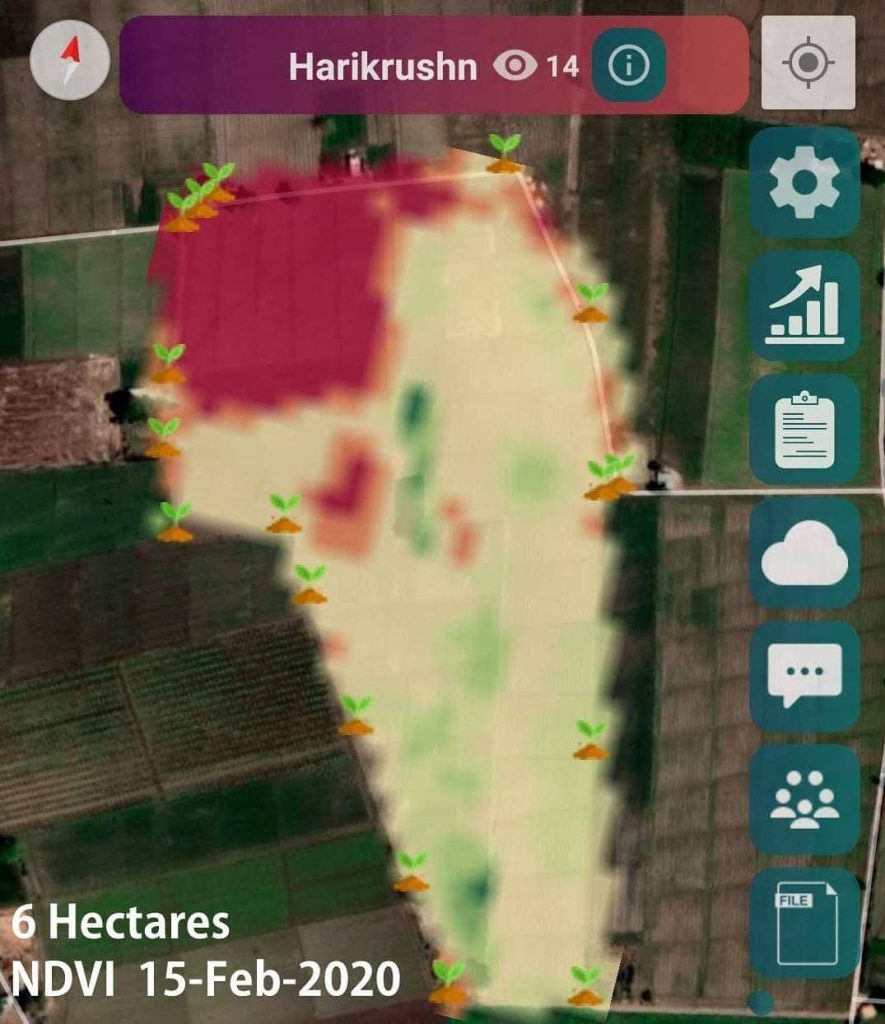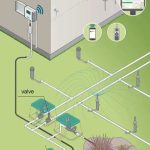Have you ever wondered how technology is transforming agriculture? Imagine a world where farmers can monitor their crops with precision, predict yields accurately, and optimize resources like never before.
This isn’t science fiction—it’s smart farming. Smart farming is revolutionizing the way we grow food, making it more efficient and sustainable. Curious about how this works and what it means for you? This beginner’s guide to smart farming will break it all down, showing you the innovative tools and techniques that are reshaping agriculture.
Discover how smart farming can lead to healthier crops, reduced waste, and a greener planet. Dive in to explore how this cutting-edge approach can impact your life and the world around you.

Smart Farming Basics
Smart farming uses technology to improve agricultural practices, making them more efficient and sustainable. It involves sensors, data analysis, and automation to optimize crop yield. Beginners can explore how smart farming tools help monitor soil and weather conditions, leading to better decision-making in farming.
Smart Farming Basics introduces you to a new way of looking at agriculture. It’s about using technology to make farming more efficient and sustainable. Imagine a farm where every plant and animal is monitored in real-time through sensors and data analytics.Understanding Smart Farming
Smart farming combines traditional farming practices with modern technology. It uses tools like sensors, GPS, and data analytics to improve crop yields and reduce waste. You can think of it as farming with a digital brain.Technology In Smart Farming
Technology plays a crucial role in smart farming. Tools like drones can survey large fields quickly, and sensors can measure soil moisture and nutrient levels. This data helps farmers make informed decisions about planting and harvesting. The advantages of smart farming are numerous. By optimizing resource use, you can save money on water and fertilizers. It also reduces environmental impact by minimizing chemical runoff. Plus, better monitoring leads to higher crop yields and healthier animals.Challenges In Smart Farming
Despite its benefits, smart farming does have challenges. High initial costs for technology can be a barrier. There’s also the need for training to use these technologies effectively. Are you prepared to invest time and resources to overcome these hurdles?Getting Started With Smart Farming
Starting with smart farming doesn’t have to be overwhelming. Begin by identifying areas where technology can help you the most. Consider starting small, perhaps with a few sensors in a critical area. Gradually, as you see the benefits, you can expand and integrate more technologies.The Future Of Farming
As technology advances, the possibilities for smart farming will only grow. Imagine a future where farming is not only sustainable but also incredibly efficient. Are you ready to be part of this agricultural revolution? By embracing smart farming, you can help shape the future of food production.
Key Technologies In Smart Farming
Smart farming integrates advanced technologies to enhance agricultural practices. It optimizes resources, improves efficiency, and increases yields. Understanding key technologies in smart farming is crucial for beginners. These innovations transform traditional agriculture into a more precise and sustainable system.
1. Internet of Things (IoT)IoT involves smart devices connected over the internet. Sensors collect data on soil, weather, and crop conditions. Farmers use this data to make informed decisions. It helps in monitoring and managing farms efficiently.
2. Precision AgriculturePrecision agriculture uses data to target specific areas of a field. It involves GPS and sensor technologies. This method reduces waste and maximizes productivity. Farmers apply resources like water and fertilizers precisely where needed.
3. Remote SensingRemote sensing uses satellites and drones to gather information. It provides images and data about land and crop health. Farmers analyze this data for better farm management. It aids in detecting problems early.
4. Big Data and AnalyticsBig data involves large volumes of information. Analytics process this data to provide insights. It helps in predicting trends and improving decision-making. Farmers use it to enhance crop yields and resource management.
5. Robotics and AutomationRobotics automate repetitive tasks on farms. They handle planting, harvesting, and other tasks. Automation saves time and labor costs. It increases efficiency and reduces human error.
6. Artificial Intelligence (AI)AI uses algorithms to analyze data and predict outcomes. It helps in identifying pests, diseases, and growth patterns. Farmers use AI for precise farming decisions. It improves crop quality and reduces losses.
Benefits Of Smart Farming
Smart farming is changing how we grow our food. It uses technology to make farming more efficient. This approach helps farmers save time and resources. It also supports the environment. Smart farming offers many advantages for farmers and the planet. Let’s explore these benefits below.
Increased Crop Yields
Smart farming helps farmers produce more crops. Sensors monitor soil and weather conditions. Farmers can adjust their practices based on this data. It ensures plants grow in the best conditions. This leads to healthier crops and higher yields.
Efficient Resource Management
Smart farming uses resources like water and fertilizers wisely. Automated systems provide the right amount needed. It reduces waste and saves money. This careful use protects natural resources for future generations.
Reduced Environmental Impact
Traditional farming can harm the environment. Smart farming reduces this impact. It uses precision techniques to limit pollution. Fewer chemicals enter the soil and water. This helps maintain a cleaner ecosystem.
Improved Livestock Health
Smart farming isn’t just for plants. It helps animals too. Sensors track the health of livestock. Farmers receive alerts about any issues. This allows for quick action to keep animals healthy.
Cost Savings
Technology in farming cuts costs. Automated machines need less human labor. Efficient resource use lowers expenses. These savings can be invested back into the farm.
Data-driven Decisions
Smart farming provides valuable data. Farmers can make informed choices. This leads to better outcomes and fewer mistakes. Data helps farmers plan for the future with confidence.
Enhanced Food Quality
Quality is as important as quantity in farming. Smart farming ensures crops grow in optimal conditions. This results in better tasting and more nutritious food.
Challenges And Considerations
Smart farming offers many advantages. Yet, it comes with its set of challenges. Understanding these challenges helps farmers make informed decisions. It ensures they get the best out of technology.
Farmers face several issues. These range from costs to technical expertise. Each challenge requires careful thought and planning. Let’s delve deeper into these considerations.
Cost Of Technology
Smart farming tools can be expensive. Initial investments may seem high. Farmers must weigh these costs against potential benefits. Budgeting is crucial. It helps in managing expenses effectively.
Technical Expertise
Using smart farming technology requires skills. Many farmers lack technical know-how. Training programs can bridge this gap. They empower farmers to use tools efficiently. Without training, technology may remain underutilized.
Data Privacy Concerns
Smart farming relies on data collection. This raises privacy issues. Farmers worry about data misuse. They need reassurance about data security. Clear policies can address these concerns.
Infrastructure Limitations
Rural areas often have poor infrastructure. Internet access can be limited. This hampers smart farming adoption. Improving connectivity is essential. It ensures farmers can fully utilize smart tools.
Environmental Impact
Some technologies may affect the environment. Farmers should consider sustainable practices. They must balance technology use with environmental care. This ensures long-term farming success.
Adapting To Change
Change can be challenging. Farmers need time to adapt. They must remain open to new methods. Continuous learning is vital. It helps them stay updated with the latest trends.

Conclusion
Smart farming offers many benefits for modern agriculture. It improves efficiency and productivity. Farmers can make better decisions with data-driven insights. This technology helps conserve resources like water and energy. It also reduces waste and pollution. Smart farming supports sustainable practices and healthy crops.
It’s a valuable tool for meeting global food demands. As technology advances, smart farming will continue to grow. It’s an exciting step towards a more sustainable future. Anyone interested in farming should explore this innovative approach.


